13 Natural UTI Remedies
The occurrence of a UTI
The urethra is the duct that carries urine out of the bladder. A Urinary Tract Infection (UTI) occurs when bacteria enter the urethra and travel up. It is recommended to see a doctor if you are experiencing any kind of UTI where you find it difficult to urinate and feel a painful sensation or if you want to urinate but it just does not come out. If not, you may make the situation worse by having the infection spread all the way up to your kidneys.
To fight infections, here are 13 home remedies that may help.
- Drink lots of water
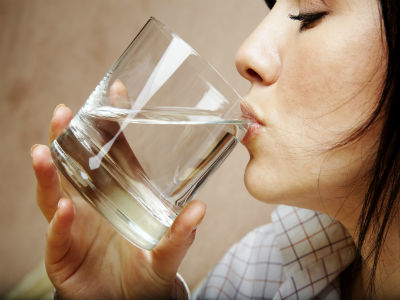 Drink an ample amount of water so that it can help flush the bacteria out. The moment you feel you have an infection, drink plenty of ice cold water. Try to drink more than eight glasses and keep flushing your system. It works pretty well.
Drink an ample amount of water so that it can help flush the bacteria out. The moment you feel you have an infection, drink plenty of ice cold water. Try to drink more than eight glasses and keep flushing your system. It works pretty well.
- Do not hold back urine
When you control your urine, you are increasing the risks involved since this gives bacteria more time to multiply. Instead, it needs to be flushed out of your system. Each time you urinate you are getting rid of the bacteria. Though you may not feel comfortable, you need to do it to get rid of the bacteria completely. Once they are flushed out, you will be able to feel the relief and will recover soon.
- Try soda
This does not refer to the soft drink. You need to drink baking soda, which is a miracle substance that relieves everything from heartburns to UTIs. Being alkaline in nature, baking soda neutralizes the acidity level in urine.
Dissolve one teaspoon of baking soda in eight ounces of water and finish the full glass. This should be done as soon as you wake up every morning.
- Try parsley water
Parsley water has diuretic properties and aids in relieving UTIs. Boil about two cups of water and add one cup of parsley, if they are fresh leaves. However, in case you are using dried parsley, add only two tablespoons and boil it for about ten minutes. Strain out the leaves. Now, drink the parsley water either hot or refrigerated.
- Chew celery seeds
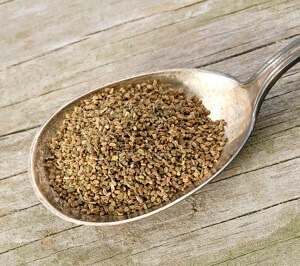 Like parsley, celery also has diuretic properties. If you don’t like parsley, you may chew celery seeds as they help increase urine production. You can have a handful 1-2 times a day. It also improves digestion.
Like parsley, celery also has diuretic properties. If you don’t like parsley, you may chew celery seeds as they help increase urine production. You can have a handful 1-2 times a day. It also improves digestion.
- Eat cucumbers
Due to the high content of water in cucumbers, it can be eaten when drinking water seems difficult for you.
- What to avoid
For those who have frequent UTIs, avoid these 4 C’s: caffeine, carbonation, chocolate and citrus. All of these help bacteria to hold on to the system more easily and also tend to irritate the bladder lining. Citrus, being acidic, increases the acidity in urine and makes it all the more painful while urinating.
- Apply heat
The infection can cause inflammation of the bladder so apply heat over the bladder to get some relief. The warmth gives temporary relief from the pain.
- Have ginger tea
Ginger has anti-inflammatory properties and can thus help relieve inflammation and the pain related to it without any side effects.
- Cranberry Juice
This only may or may not work, but it is worth a try. If you are lucky it may help. Unfortunately, some women were left with stomachaches with this remedy, but on the other hand, it did work for many. Drink real cranberry juice rather than the canned kind which are loaded with preservatives and sugars. You may have one or two cups a day.
- Blueberries
Blueberries act similar to cranberries by affecting the fimbria, thread-like projections present on bacteria that provide their grip, and thereby don’t give them a chance to attach to the lining walls of the tract. Since the juice is not easily available, you can enjoy the whole fruit.
- Horseradish
Horseradish has strong antimicrobial properties and is capable of killing bacteria by damaging their cell membrane without which they cannot survive. Have one teaspoon of grated horseradish twice a day and see the difference.
- Lemon & Cream of Tartar
Cream of tartar has the ability to change the pH level in urine making it difficult for the bacteria to survive in. Mix 1½ teaspoons of the cream of tartar and a little bit of lemon with water to strengthen its power and have it once or twice a day.
These methods can be tried to find relief from UTIs. They are inexpensive and are worth trying to relieve the pain and discomfort you are experiencing.

 Subscribe Now
Subscribe Now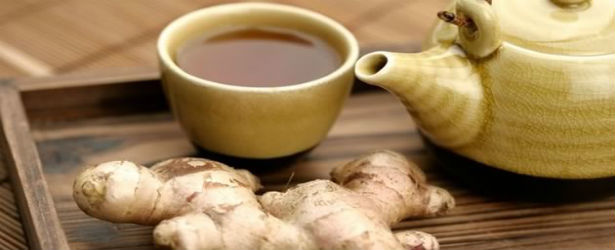
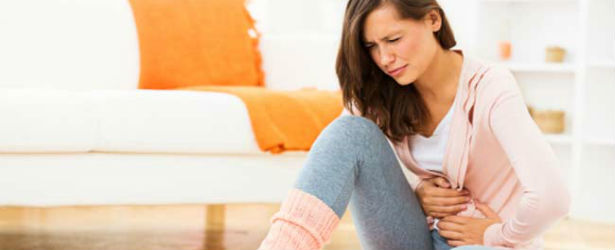




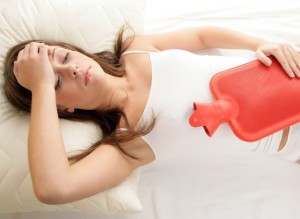 Complementary therapy or drug therapy can be used for reducing bladder infections effectively.
Complementary therapy or drug therapy can be used for reducing bladder infections effectively.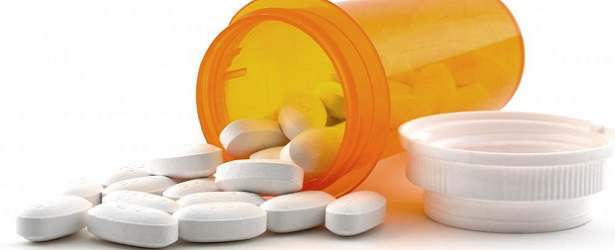

 Many antibiotics make the skin sensitive and therefore one should take care when going out in the sun as well as take precautions by wearing long-sleeved clothing. Use a sunscreen with SPF that a doctor has recommended. Always keep in mind that the medicine that has been prescribed is taken at the right time, in the correct dosages and at the right intervals. Antibiotics are the right path to take if you are not well and your doctor suggests it. However, beware of the dangers of self-medication, as we might not understand certain symptoms that can be indicative of a far more dangerous underlying disease or infection.
Many antibiotics make the skin sensitive and therefore one should take care when going out in the sun as well as take precautions by wearing long-sleeved clothing. Use a sunscreen with SPF that a doctor has recommended. Always keep in mind that the medicine that has been prescribed is taken at the right time, in the correct dosages and at the right intervals. Antibiotics are the right path to take if you are not well and your doctor suggests it. However, beware of the dangers of self-medication, as we might not understand certain symptoms that can be indicative of a far more dangerous underlying disease or infection.
 The main cause of both types of infections is
The main cause of both types of infections is 


 This infection is more dangerous that a regular UTI and therefore, an effective treatment is required to stop the infection from spreading. If the infection is severe, you may need to receive antibiotics through an intravenous line or IV.
This infection is more dangerous that a regular UTI and therefore, an effective treatment is required to stop the infection from spreading. If the infection is severe, you may need to receive antibiotics through an intravenous line or IV.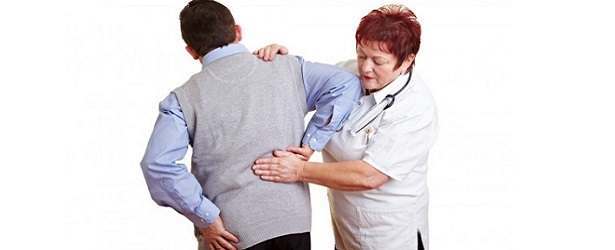

 Bladder infection, also called cystitis, occurs within the bladder. Some people call a bladder infection a UTI.
Bladder infection, also called cystitis, occurs within the bladder. Some people call a bladder infection a UTI. Acute pyelonephritis is a sudden and severe kidney infection. This condition causes the kidneys to swell, can permanently damage the kidneys, and can even be life-threatening.
Acute pyelonephritis is a sudden and severe kidney infection. This condition causes the kidneys to swell, can permanently damage the kidneys, and can even be life-threatening.
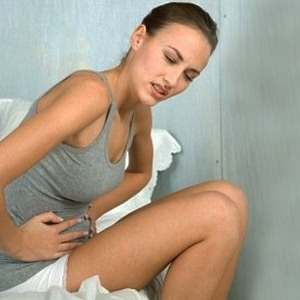
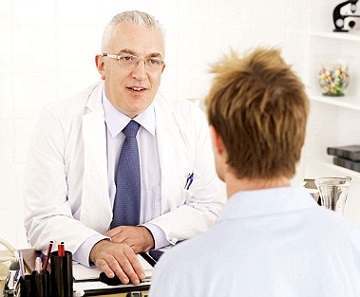 Cystitis usually clears up on its own. However, if are experiencing the symptoms of cystitis, it’s a good idea to consult a doctor. If your symptoms get worse or don’t improve within two to three days, contact your doctor for advice. He or she will be able to rule out any other conditions that could be causing your symptoms. Your doctor will ask about your symptoms and examine you and may also ask you about your medical history. A sample of your urine might be tested using a ‘dipstick’. Depending on the results, a sample of your urine may be sent to a laboratory for further tests.
Cystitis usually clears up on its own. However, if are experiencing the symptoms of cystitis, it’s a good idea to consult a doctor. If your symptoms get worse or don’t improve within two to three days, contact your doctor for advice. He or she will be able to rule out any other conditions that could be causing your symptoms. Your doctor will ask about your symptoms and examine you and may also ask you about your medical history. A sample of your urine might be tested using a ‘dipstick’. Depending on the results, a sample of your urine may be sent to a laboratory for further tests.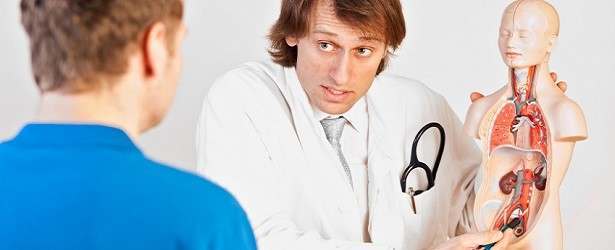
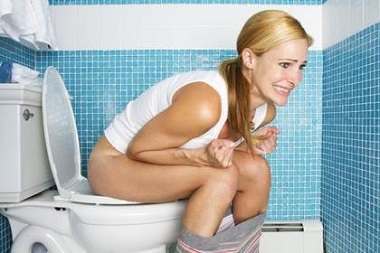


 Tomatoes: tomatoes have a high acidic content and can create an irritation in the bladder and this can further lead to an overactive bladder. One should avoid foods that are high in tomato content like ketchup, salsa and pizza sauce.
Tomatoes: tomatoes have a high acidic content and can create an irritation in the bladder and this can further lead to an overactive bladder. One should avoid foods that are high in tomato content like ketchup, salsa and pizza sauce.